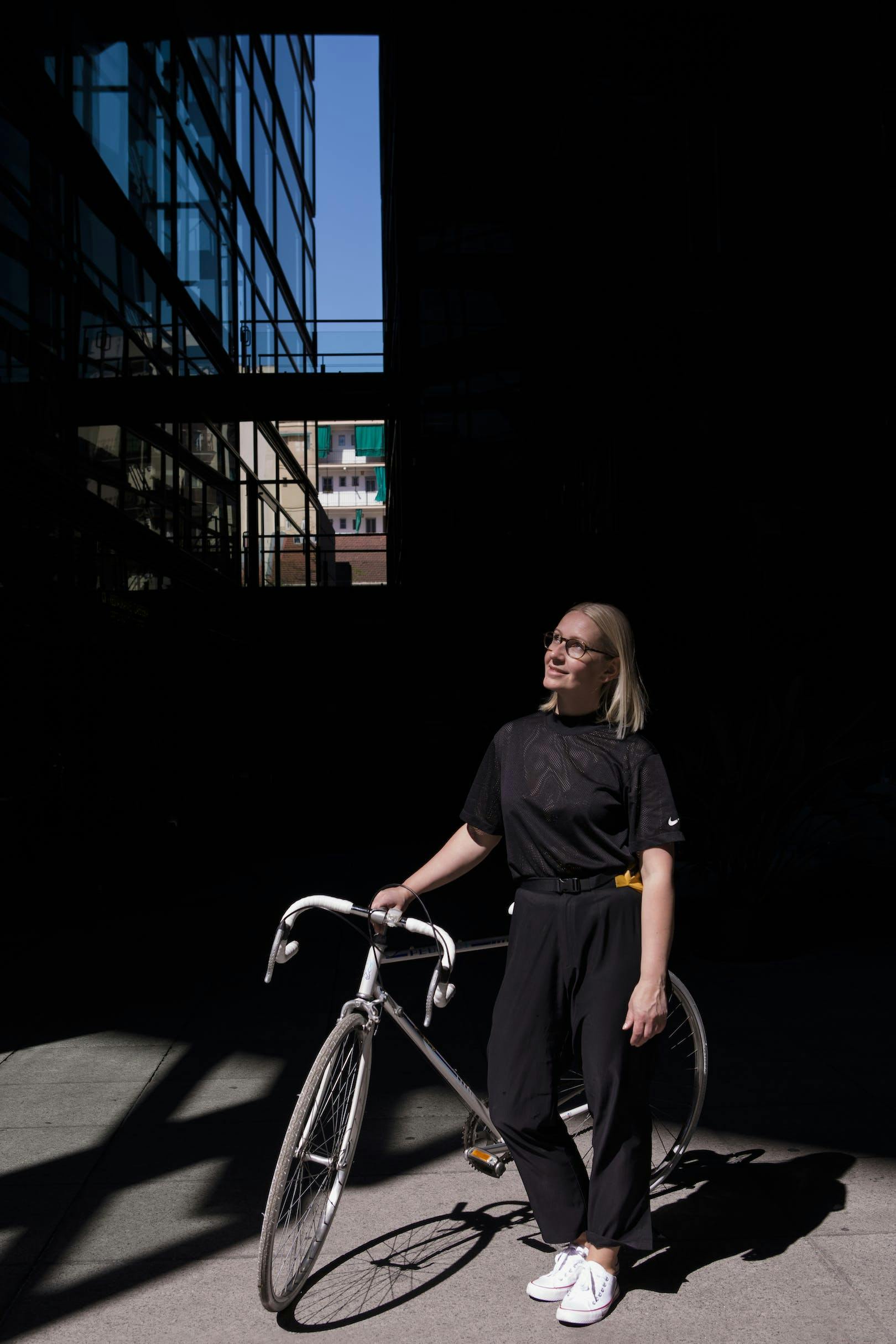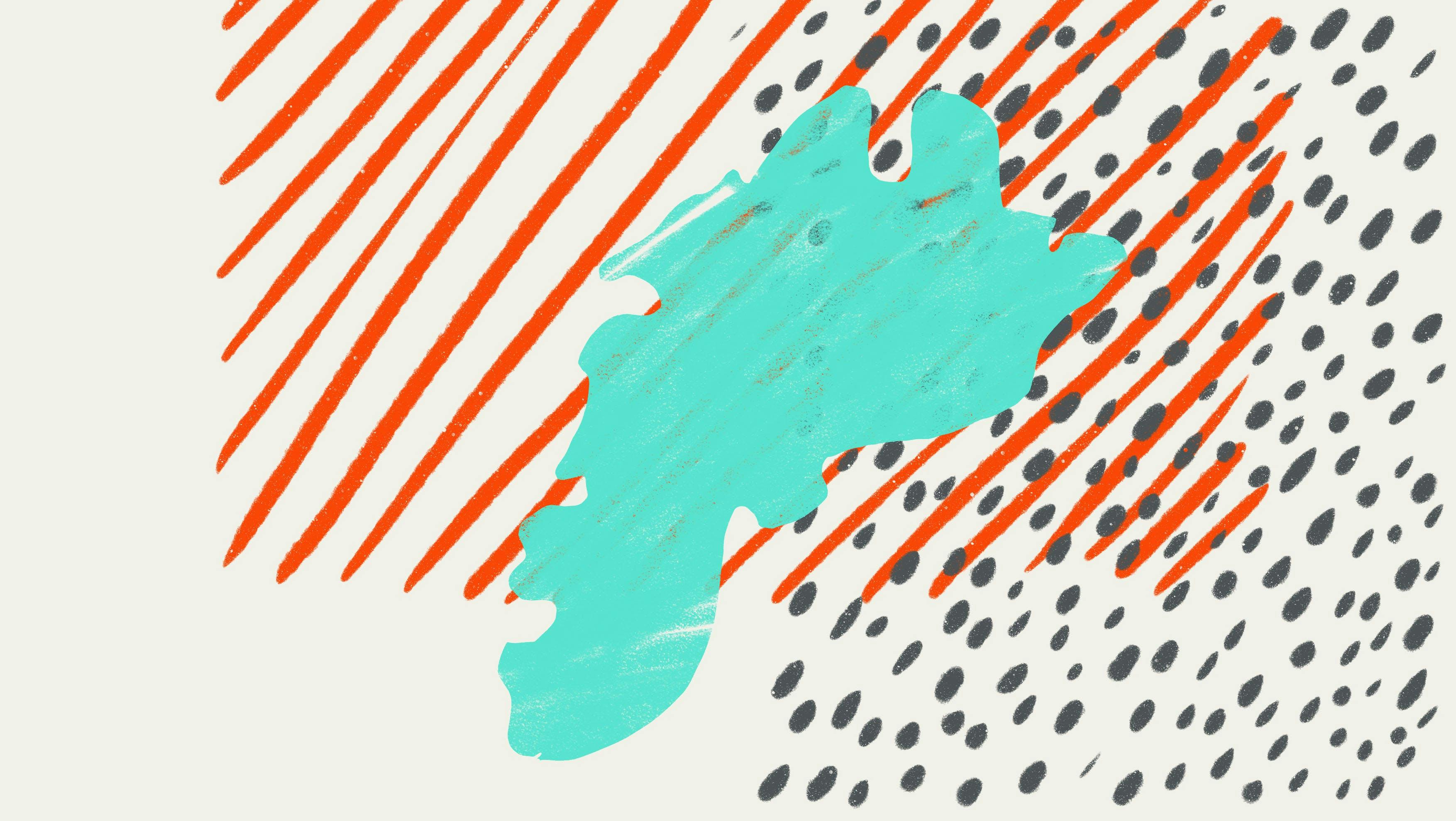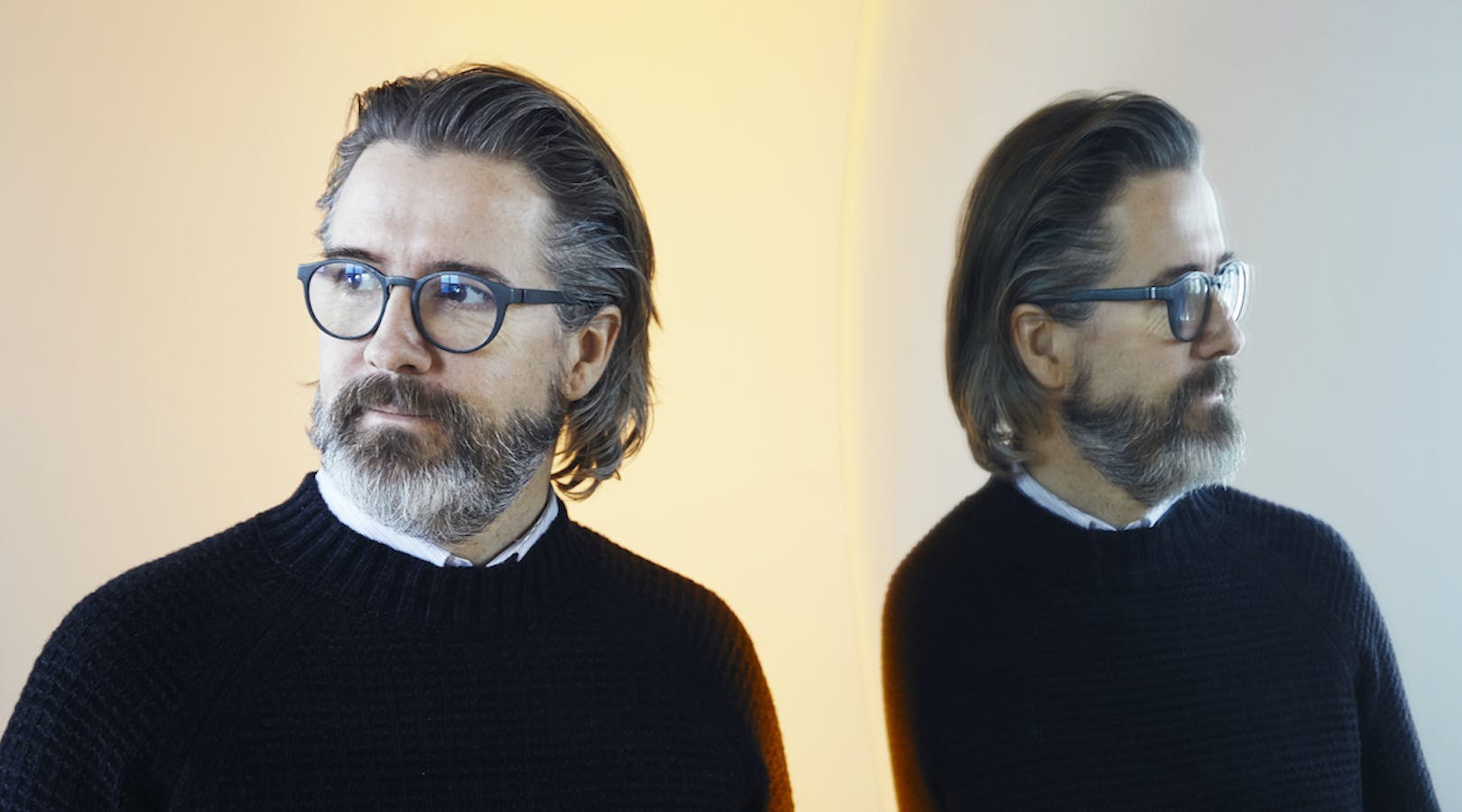The importance of design and architecture when shaping tomorrow’s societies
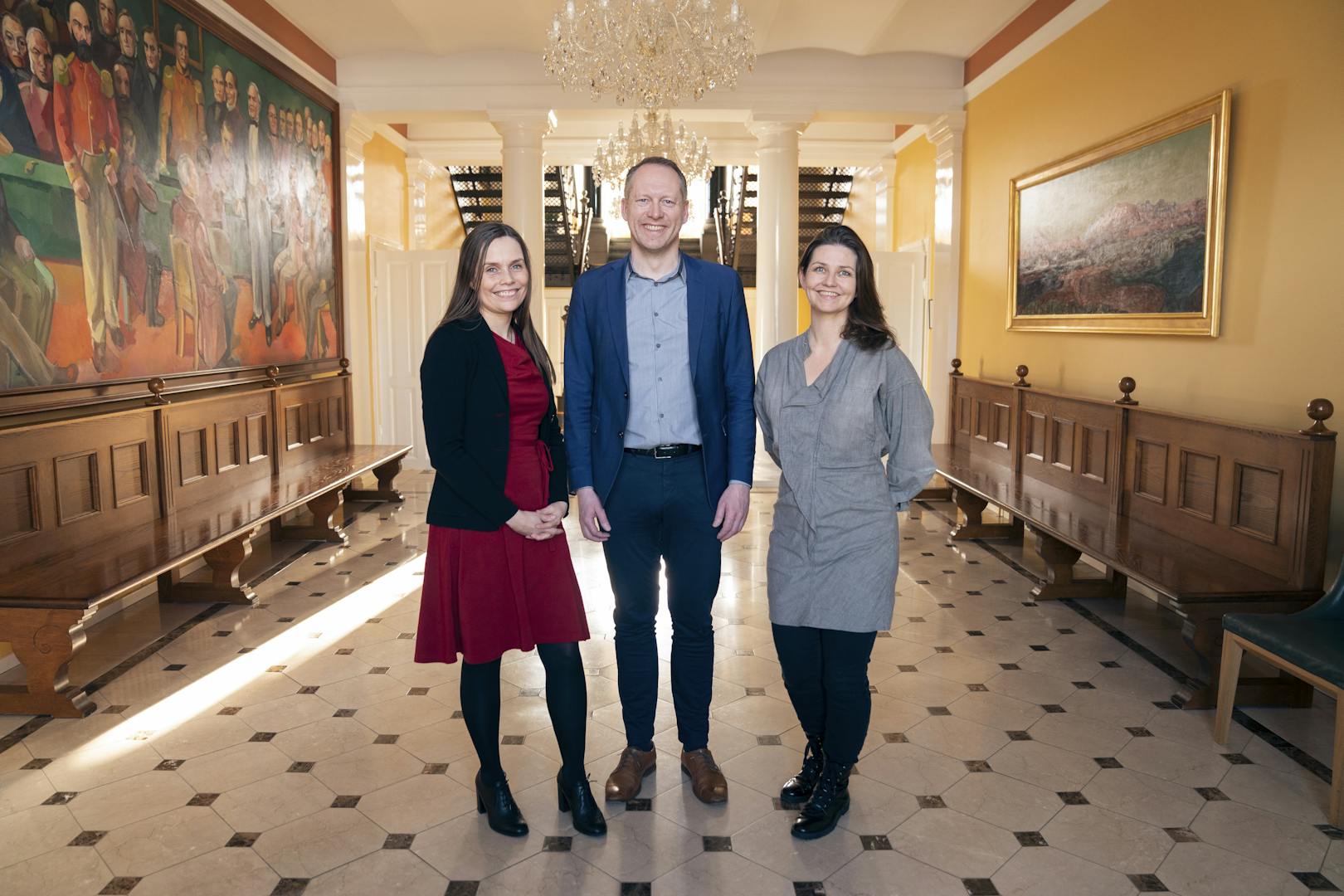
The Icelandic Prime Minister, Katrín Jakobsdóttir, and Guðmundur Ingi Guðbrandsson, Minister for the Environment and Natural Resources, sat down with Hlín Helga Guðlaugsdóttir, curator of DesignTalks, and discussed the importance of design and architecture when shaping tomorrow’s societies.
HH: In a way, DesignTalks is the voice of DesignMarch each time. This year we present designers and architects who are responding to a world view and circumstances that are, in one way or another, changed. The topics are diverse and clearly demonstrate the role this sector plays, and can play, in society, not least in uncertain times.
At the event’s core is how important the imagination is when we are faced with having to create a new future outlook, and also that we dare to rethink and redesign in a radical fashion. We need to view the future in a critical light but must always be guided by hope. So I ask you: What are your ideas concerning the importance of design and architecture and its role in shaping the future?
GIG: The first thing that comes to mind is how the authorities can create a frame where people who work in the creative field can flourish. I think this is the key. One of the new things that we are doing, which is precisely connected to the challenges that we face in climate issues and the utilisation of resources, is the so-called circular economy. In my opinion, this offers countless opportunities to harness creative force and the power found in the creative sector. Because the circular economy’s task is really to transform our way of thinking and our treatment of resources. If we picture the production process as an assembly line, we must use our resources, as well as what falls off the assembly line, as raw material in a more thorough fashion, so we can increasingly use it to create new services and new products, recycling more efficiently and making use of waste products. Here, design and architecture are key factors in creating new items out of something that we previously discarded or utilised very wastefully. The government is starting the implementation of a system that will involve more demands being made of production processes, design and so on, for example regarding plastics. We also want to put more money into financing green innovation, so we are trying to create an environment where the creative sector will flourish.
KJ: To begin, when I joined the government after the economic collapse, I felt like I was learning that the design ideology is something we can use on a far broader scale than purely in the narrow “design” sense. When we approach sociological problems, the design ideology, in short, takes everything into account and reorganises it – rethinks everything. I felt this was a great help and it was precisely representatives from the design community, which then was sort of in its infancy, right after the foundation of the Design Centre and the formation of a design policy, who came to me with this in mind; to approach sociological projects like design projects.
I think we can do many things differently and much better, not least when faced with such enormous challenges – we’re talking about the climate crisis, and we can also mention technological changes – if we use this approach. Also – and this is connected to what Guðmundur was saying – we have this interplay; how important design can be in creating a more environmentally friendly society. Because we are a consumer society, that’s just the way it is. We need to rethink how we consume so as not to cause so much harm – we must do it in a sustainable way. This is where design, and creative fields in general that approach things in this new manner, will be crucial.
We often make decisions about science and innovation, and then there is a separate world called the creative sector – shouldn’t this merge more than it does?
HH: Can you picture inviting designers and architects to the table from the beginning when developing projects? Asking them to take part in the dialogue instead of being at the far end of the chain?
KJ: We often make decisions about science and innovation, and then there is a separate world called the creative sector – shouldn’t this merge more than it does? This is one of the things we have discussed regarding the administration in the creative sector. We need to raise its profile in our system; shouldn’t this be a part of our overall vision?
HH: Precisely.
GIG: This is what we are trying to do in other areas, like, for example, nature conservation. There, we try to bring as many people as possible to the table when making decisions because it gives better results. Basically, this is the same ideology.
HH: What would it take for us as a nation to become a leader, worldwide, in shaping more sustainable societies and to advance a regenerative decade?
KJ: Iceland has huge work ahead of it because obviously we are enormous greenhouse gas emitters. We have been, and continue to be, huge consumers but now we are seeing a total change. The government is prioritising environmental and climate issues and the economic world is rising up and saying: We want to be a part of the solution. So while we have not really been pulling our weight so far, there are great opportunities here and because we are a small nation we can connect all the different parties much faster than a lot of other nations.
HH: This could be our strength?
GIG: Yes, absolutely, and I agree: because there are so few of us we can sometimes do things faster and show that they are possible. In population terms, we are like a city in the USA, China or Europe, but we are a complete society with everything a society needs to operate an economic system and its infrastructure. Actually, we have done this before, regarding the adoption of the district heating system, and producing electricity in a more environmentally friendly way than other countries, and we are in the midst of transforming our transport system. We need to do this in many other sectors. We are also known for good work against soil erosion, so this is also one of the things we stress in this climate package; looking at the context of nature, animal and plant life, and climate issues. We can definitely lead in these matters.
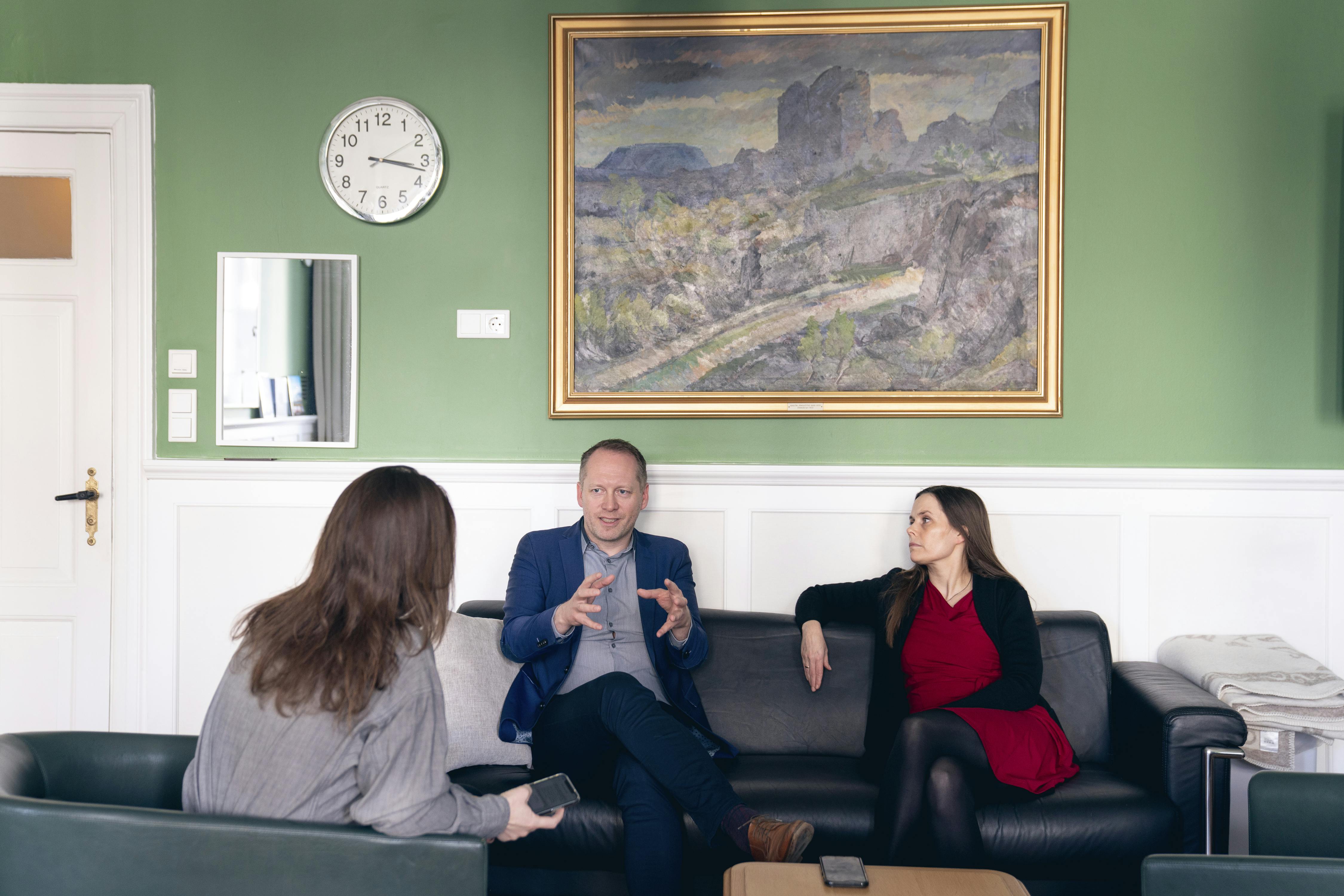
HH: Maybe Iceland can act like a kind of prototype?
GIG: It could, yes.
HH: What would it take for us to dare to be radical, creative, critical and hopeful? Can we just make that our goal – to be the country that others look up to?
KJ: In some areas we have been the country that everyone looks to. For example regarding gender equality. If we learn from that story and apply it to the connection between the creative sector and environmental issues, then I believe that the most successful strategy in the fight for gender equality has been this amazing female solidarity – grassroots movements that have in actuality forced the changes. It has often happened in an extreme fashion but because the power comes from the grassroots, these changes have caused us to shape our welfare system based on gender equality, whether it regards kindergartens or maternity leave. We have actually made it so that politicians must answer for their stance on gender equality when they run for office. This was not the case when I started my political career – it wasn’t even discussed. So this powerful grassroots movement has really been the force behind our favourable status in this matter.
GIG: This is starting to happen in the environmental sector now, particularly regarding climate issues. Now, everyone must claim their position on this matter – whatever it may be. I think the keyword here is what you mentioned earlier: hope. Because when you are dealing with issues that will bring us misery if left unattended, such as the climate issue – one must always have hope. To have hope and be able to hold on to it, you must feel that something is being done. When people feel they can be part of a much larger context in trying to change things, then we have the basis for becoming the leading power we should be, at least in certain areas.
KJ: I think this revolves around the active interaction between grassroots movements and the authorities. To use the gender equality example again, laws about maternity leave have for example changed people’s values since they came into being. We must somehow be able to grab the enormous power the Icelandic people have when it comes to climate matters and harness it to change our values and sense of priorities.
HH: Do you see a role for design and architecture in this context?
KJ: I just believe that in the economy model of the future, this will be increasingly important, whether it concerns design or other creative fields. We can for example see how technological changes have changed what is considered important, even in conservative institutions like the World Economic Forum. All of a sudden, creative thought and emotional intelligence have reached their top ten favourable qualities.
GIG: Yes, I think this is important for the future, because design and other creative fields are a crucial part of shaping the sustainability and sustainable thinking that we want. So they are an integral part of it.
KJ: This kind of renewable thinking is really the core of design thinking.
HH: Absolutely, we can agree on that.
